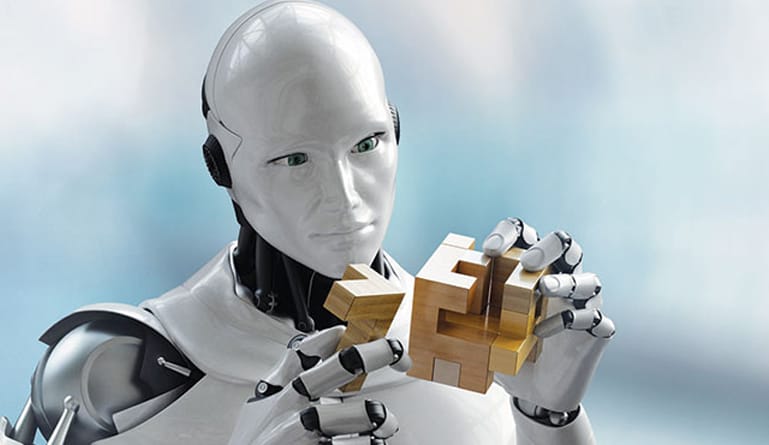AI ecosystems are comprised of various components that can be very confusing.
Learn all you need to know about AI ecosystem.
The age of artificial intelligence (A.I.) has become a reality. A.I. is essentially a simulation of human intelligence processes demonstrated by machines and systems. Unlike its fictional counterparts, A.I. today is created to assist us with our daily tasks and has significantly developed in recent years. You may be familiar with this innovation through the likes of Google’s Cortana, Apple’s Siri, and Amazon’s Echo services as they may be able to provide services through spoken requests. As this technology continues to develop and grow, so does our standard of living. But, what is A.I.?
A.I. was first conceived in the 1950s when Dartmouth College professor John McCarty proposed a project based on an idea during the Dartmouth Conference of 1956. In the following years, A.I. research exploded and greatly innovated technology in various fields including robotics, natural learning, and simulations known as micro-worlds. However, interests for the technology significantly dropped within the 1970s and 1980s and subsequently vanished soon after. The interest for A.I. reemerged during the boom of the tech industry as hardware technologies had greatly developed, giving more opportunity for the use of A.I. In 2012, Google was able to make strides with the technology by building a machine that was able to recognize cats in YouTube videos.
Over the past few years, this new and emerging technology have begun to connect with each other, building a far more advanced and powerful system known as an open A.I. ecosystem. This ecosystem is able to connect all of our technologies together whether it may be our mobile devices, computers, coffee machines, and household lights. The interrelationship of A.I., the Internet of the Internet, and data could unlock unlimited potential in productivity, higher standard of living, and a better society in years to come. However, with so many components of an AI ecosystem, it can be hard to fully grasp everything. An A.I. ecosystem can include concepts such as machine learning, deep learning, and artificial narrow intelligence. Here’s all you need to know about A.I. ecosystems.
Artificial Narrow Intelligence: There are multiple types of A.I.: strong A.I., artificial general intelligence and artificial narrow intelligence (weak A.I.). The technology that we use on a daily basis is described as artificial narrow intelligence mainly because of its focus on one narrow task. This includes Siri, Alexa, or a chess computer. Artificial narrow intelligence generally operates within a limited predetermined range with no genuine intelligence, self-awareness, or life.
Machine Learning: Machine learning is an application of A.I. that provides systems and computers the ability to learn and improve without being programmed to. The purpose of this concept is to allow the systems to learn automatically and adapt without any intervention or assistance from humans.
Deep Learning: Deep learning is a subset of machine learning that imitates how a human brain processes data and finds patterns for decision making. With deep learning, innovators are able to improve technologies such as automated cars, speech recognition, and face recognition.
The key difference between these concepts are that they are attributes and subsets of each other. Artificial intelligence is the technology that has machine learning as one of its components; deep learning is the subset of machine learning. The interconnections of these elements in addition to the other growing technologies in the world present a bright future for our world.





